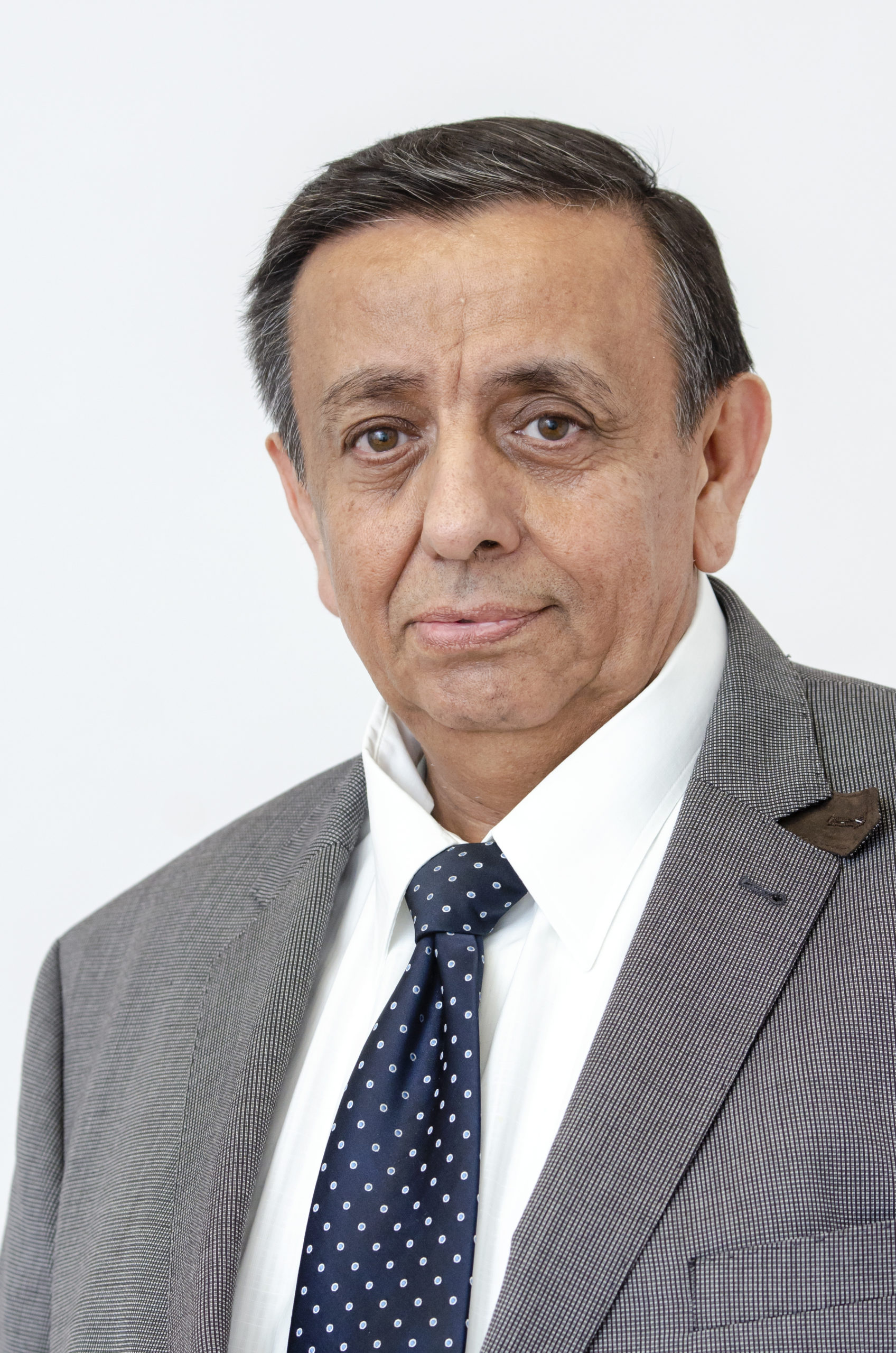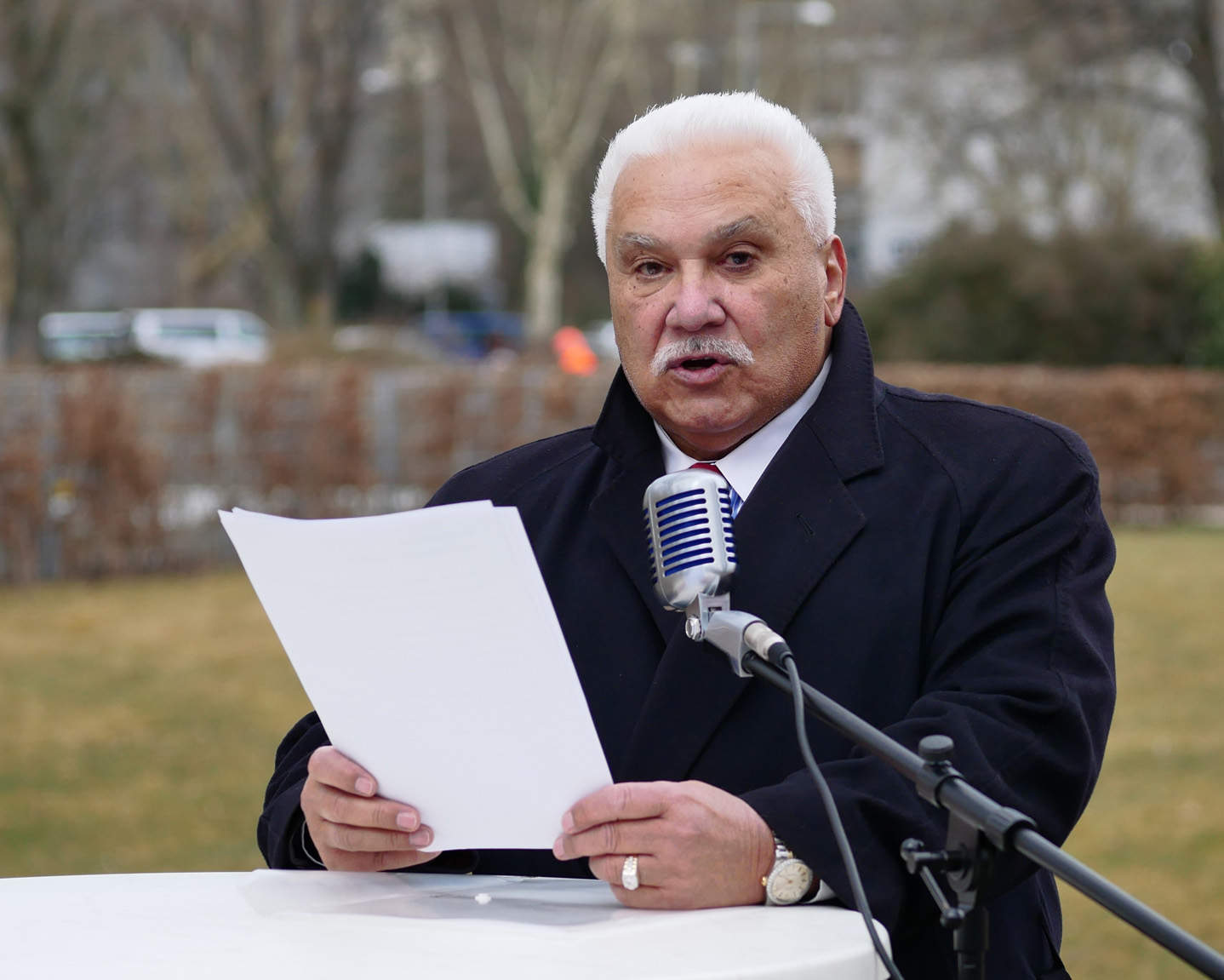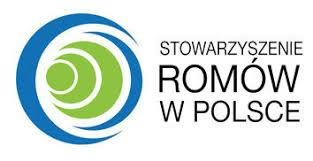2 August 2020
Dr Astrid Ley
Deputy director of the Memorial and Museum Sachsenhausen
Statement on the occasion of the European Holocaust Memorial Day for Sinti and Roma 2020
My name is Astrid Ley, I am deputy director of the Sachsenhausen Memorial.
We are happy to participate in the European Day of Remembrance for Sinti and Roma. It is very important to us to keep alive the memory of the Nazi crimes against this and other minorities in order to take a stand against racism in our society today.
Over a thousand Sinti and Roma were deported to the Sachsenhausen concentration camp between 1936 and 1945. I am standing here in front of one of the barracks of the camp infirmary, which houses an exhibition on National Socialist. One room is dedicated to the descent reports on Sinti and Roma, which were prepared by staff of the so-called “Racial Hygiene Research Centre” under the psychiatrist Robert Ritter.
The main aim of the expert reports was to record all Sinti and Roma living in the territory of the Reich. During the “racial biological investigations”, blood samples were taken and faces and bodies were measured with special instruments in order to document physiognomic – i.e. external – characteristics. In addition, the researchers collected information on kinship relations and compiled the results for each extended family in so-called inheritance tables.
These documents later served the police as a basis for the compilation of deportation lists, according to which tens of thousands of Sinti and Roma living in the Reich territory were deported to the Auschwitz-Birkenau extermination camp. Most of them were murdered there.
The staff of the Research Centre therefore played a central role in the genocide of the Sinti and Roma: Without their recording work, the systematic deportation of German Sinti and Roma would not have been possible. Nevertheless, none of the scientists were later brought to justice, because – as the defence put it – they “only did research”. The fact that they nevertheless bear a considerable share of the responsibility for the genocide of the Sinti and Roma is one of the topics we are working on here in the exhibition with budding doctors and nurses. In this way, we want to sensitise members of the medical profession to today’s medical-ethical problems with the help of Nazi history.
Statements

Romani Rose
Chairman of the Central Council of German Sinti and Roma

Katarina Barley
Vice President of the European Parliament

Helena Dalli
European Commissioner for Equality

Mehmet Daimagüler
Dr. Mehmet Daimagüler, Antigypsyism Commissioner of the Federal Government

Roberta Metsola
Roberta Metsola, President of the European Parliament

Claudia Roth
Vice President of the German Bundestag

Paul Blokhuis
Dutch State Secretary Paul Blokhuis

Chris J. Lazaris
Amb. Chris J. Lazaris, IHRA Chairman

Fernand des Varennes
UN Special Rapporteur UN minorities

Anna-Nicole Heinrich
President of the Synod of the Evangelical Church in Germany (EKD)

Justin Trudeau
Prime Minister of Canada

Roman Kwiatkowski
Chairman of the Association of Roma in Poland

Erich Schneeberger
Deputy Chairman of the Documentation and Cultural Center of German Sinti and Roma and Chairman of the Association of German Sinti and Roma

Timea Junghaus
Executive Director
European Roma Institute for Arts and Culture (ERIAC)

Adam Strauß
Chairman of the Council of German Sinti and Roma in Hesse

Manon Aubry
Manon Aubry, MEP

Adrian-Nicolae Furtuna
Historian at the University of Bucharest

Philomena Franz
Holocaust Survivor

Angelina Kappler
German former Weinkönigin

Marian Kalwary
Chairman of the Association of Jews,
Survivors and Victims of the Second World War











